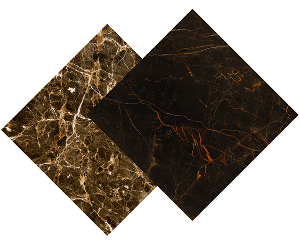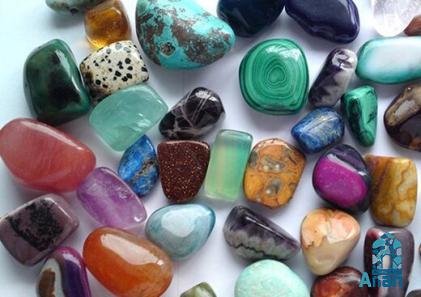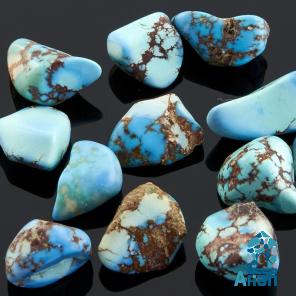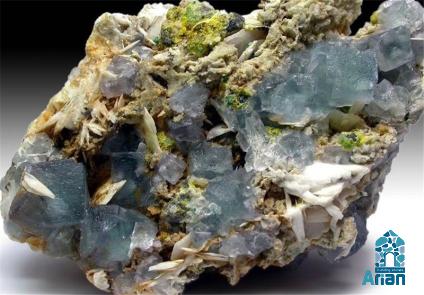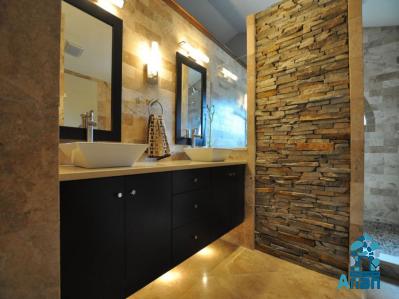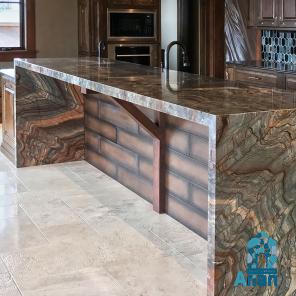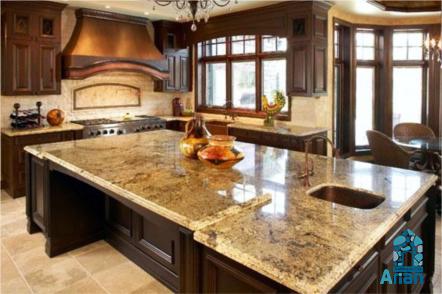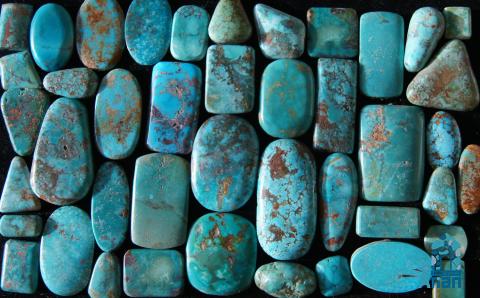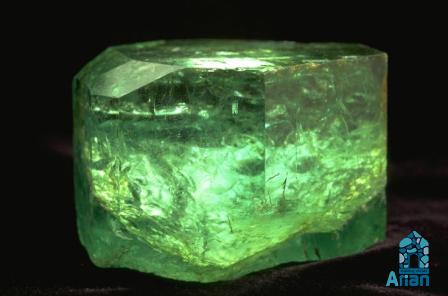Selling types of granite with different colors
Are you ready to learn about various types of nice stones called granite with colors that can be different? And also the way of selling? Granite can be found in a wide range of colors, from white to black to pink; however, what causes one type of rock to have such a diverse palette? In this section, we will learn what gives each granite its unique color, as well as what that color might tell us about the mineralogy and provenance of the granite
It’s possible that you’re an amateur geologist, just plain inquisitive, or searching for granite countertops to install in your home
Regardless matter the cause, you are going to be blown away by the enormous variety of different types of granite
Granite is one of the rock varieties that are most widely known and recognized
It is utilized in a wide variety of construction projects as well as sculptures
It has a history that dates back thousands of years and is revered as a status symbol due to its longevity as well as its strength and resilience

Stone
What exactly is Granite? Granite is a type of intrusive igneous rock that is characterized by the presence of big grains (minerals)
Pink, white, and various shades of gray and black are the most prevalent colors found in granite
To qualify as granite, a rock must contain at least 20 percent quartz; nevertheless, some stones that are sold on the market as black “granite” are actually more likely to be gabbro
To further clarify, an intrusive igneous rock consists of the following components: When molten rock cools within the crust, this indicates that it was never ejected as molten rock and instead formed an intrusive rock
Granites are formed when molten rock is allowed to gradually cool, which is a necessary step in the formation of the massive crystals of a single mineral that are characteristic of granites
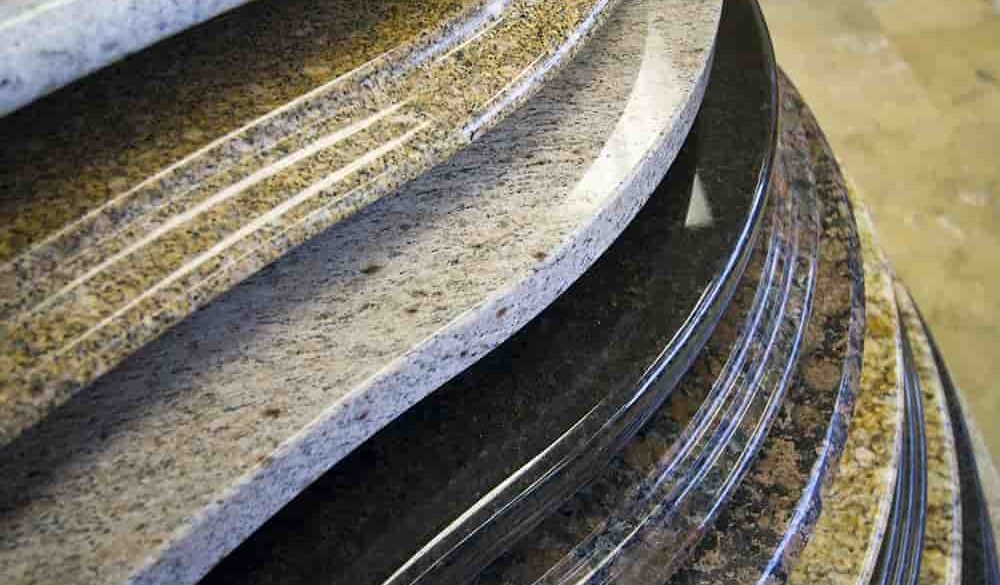
Different granite stone wall
Differential lithification, also known as the hardening of molten rock based on its chemical composition, occurs throughout the course of time
Because of this, various types of minerals are able to form at different times, which in turn modifies the granite that is ultimately produced
Because of this, the size of the individual grains is directly related to the rate at which the molten rock was allowed to cool
When extrusive rocks are allowed to cool during a volcanic eruption, there is no time for the minerals to orient themselves, which results in a rock that seems uniform and does not contain any grains
Igneous rocks are rocks that have crystallized from molten rock at some point in their history
In contrast to the other two primary categories of rock, sedimentary and metamorphic, igneous rock is relatively rare
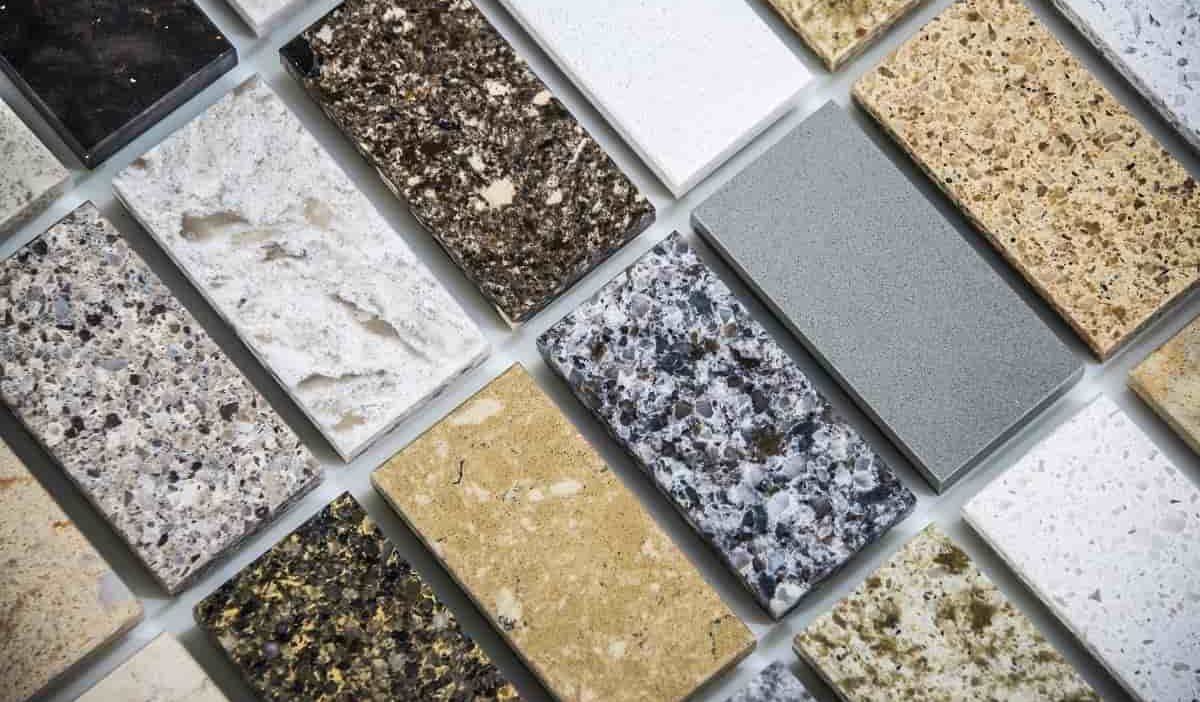
Granite stone tiles for walls
Different colors of granite
There are different kinds of colors in the stone called granite White Granite It is a type of granite that is predominately made up of the minerals quartz and feldspar this might be because the cooling process did not allow for the development of amphiboles, or it could be because there were not enough of the necessary chemical components to make amphiboles
If you come across a rock that is completely white, it is not likely to be granite but rather a man-made rock that is designed to resemble white granite or a quartz (quartzite) countertop
If you discover a rock that is all white, it is not granite
Black granite The rock known as “black granite” is not actually granite at all, because granite must include at least 20 percent quartz to be considered granite, a rock that is completely black cannot be granite
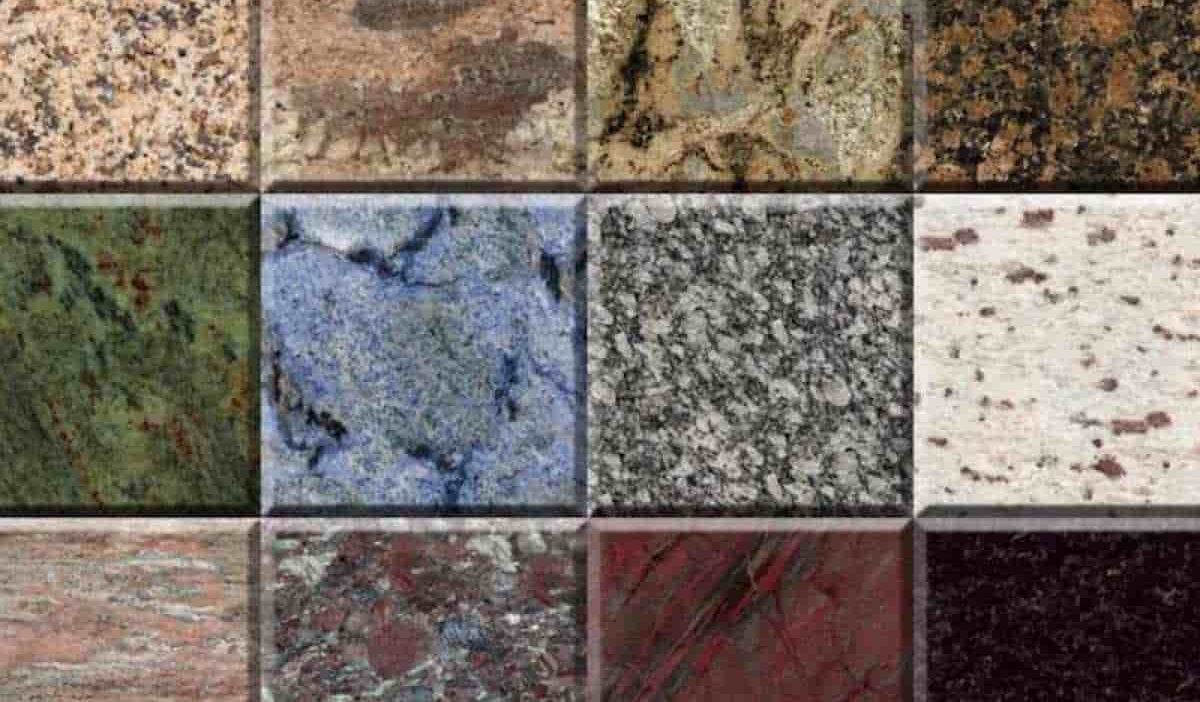
Granite tile import UK
Gabbro is a type of mafic intrusive igneous rock that is quite similar to basalt
Black granite is gabbro the vast majority of the time
Pyroxene and plagioclase are the primary minerals that makeup gabbro
It also contains trace amounts of the dark green mineral olivine and amphibole
Pink Granite: The presence of a large quantity of potassium feldspar within the granite is responsible for its characteristic pink tint
Small flecks of milky semi-transparent quartz, dark brown/black amphibole, and opaque white feldspar can be seen here and there
Potassium feldspar is, on the other hand, the predominant mineral in granites
Granite that is Both Black and White: It would appear that quartz, feldspar, and amphibole all make up equal percentages of granite, which results in speckled black and white granite
This is one of the most popular varieties of granite, and it is also one of the types that are most frequently seen being utilized for the fabrication of granite countertops
Granite that is Red: There is a variation of pink potassium feldspar plentiful granite known as red granite
In this granite, the k-feldspar crystals have a redder coloration as opposed to a pinker one
so, red coloring can be obtained through the presence of iron oxide in hematite grains or inclusions inside feldspar
This is essentially the same process that causes rusted metal to take on a ruby red hue
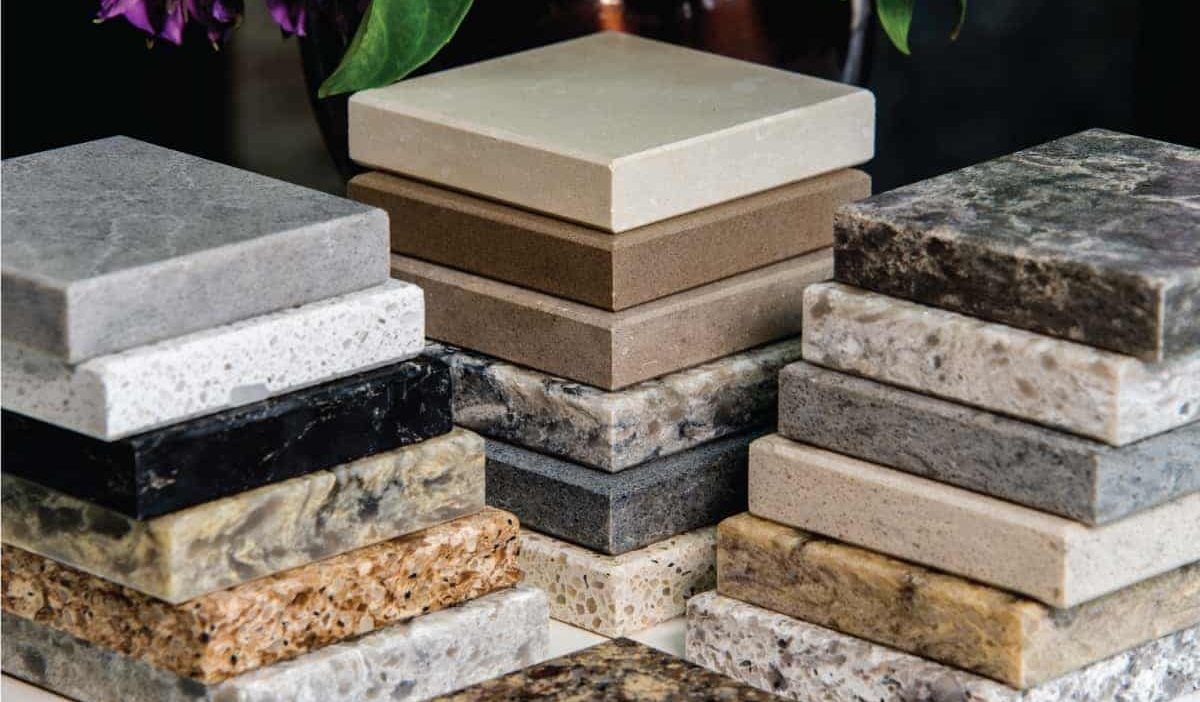
Blue Granite: You could come across adverts for blue granite countertops, but you can be almost certain that these are not made of granite either
There is a possibility that the rock in question is actually larvikite, which is an igneous variant of monzonite
Green Granite: Stones classified as green granite may actually be a green variation of marble, not granite at all
Serpentine, which is found in the marble, is responsible for the marble’s green tint
Alternatively, it could be green soapstone that has been mistaken for granite
While green-colored minerals aren’t abundant in granites, they can be found in abundance in a wide variety of other types of rocks
It’s an unusual but effective way to give something a green tint: amazonite, a sort of green feldspar

Types of granite
There are many different types of stone we call granite, and we’ll go through what makes each one unique
Cecilia (St
) Granite:
Garnets (deep red minerals) abound in this granite, which also contains tan feldspar, quartz, and dark biotite
Granite from the Uba Tuba region
Uba Tuba granite is a type of granite found in Brazil that has a dark color because of its high mica content
Kashmir Natural stone in the color of white
White feldspar and quartz predominate in Kashmir White which also contains red garnet crystals
This is a metamorphic rock, not granite
It’s Venetian Gold granite
A blend of tan and white feldspar and quartz elements with amphibole, mica, and gats adds dark black and red coloration to the rock
Gold Ornamental granite
Some variants of this granite appear to have undergone some metamorphism, bringing it into the gneiss category
The swirling texture is due to the metamorphosis, which occurs as a result of heat and pressure
There are few other minerals in this granite, and it is mostly white because of feldspar and quartz tiles
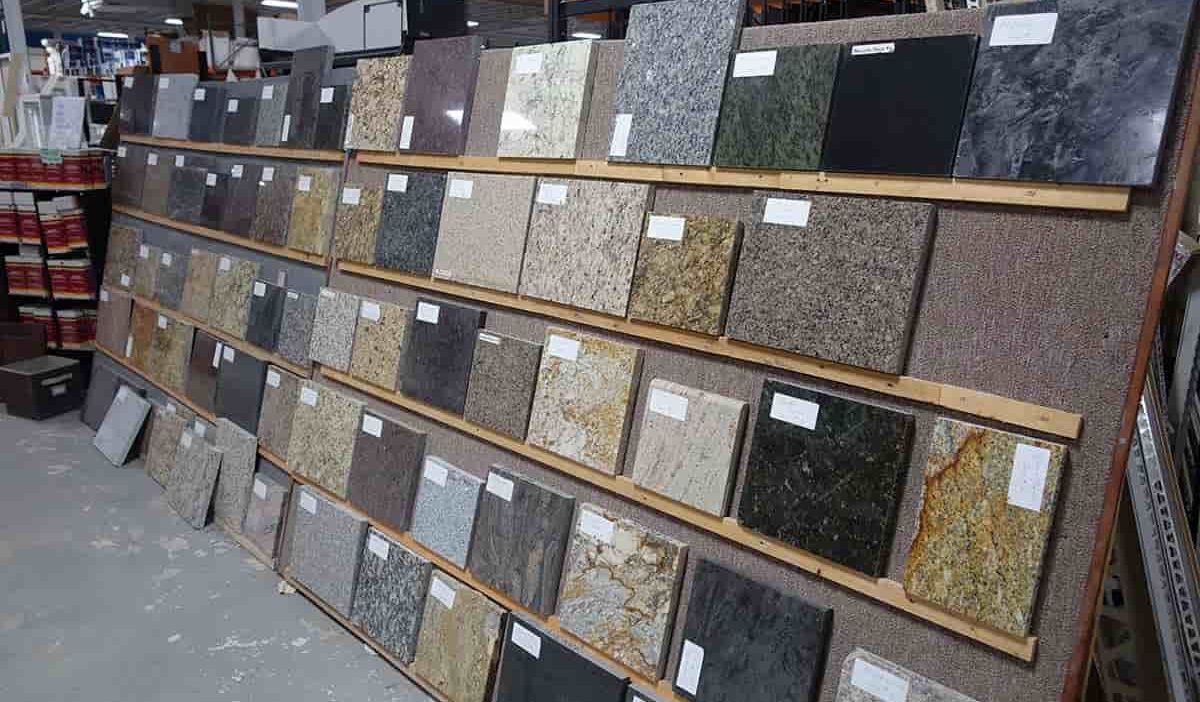
Granite with a tan hue
The tan in this case refers to a feldspar variant with traces of potassium to give it a subtle pink hue
The flecks of brown and black are probably amphibole, which is a common mineral in the area
Baltic Granite that is tan in color
The feldspar granules in this granite are larger than in the tan brown granite
Granite with a black pearl coloration
An amphibole- and pyroxene-rich gabbro, rather than a granite
The granite is called Bianco Antico
There are some pink streaks in this granite, which is made up of quartz and Brazilian feldspar
Dark Galaxy Granite in various shades of black
Fine- to medium-grained gabbro with black and yellow specks is what this granite is actually made of
a Blue granite
Anthrosite, a type of igneous rock that is colored by labradorescence, is what you’re looking at here
Black granite in its purest form
Similar to the Black Pearl granite above, this is a kind of gabbro and not granite
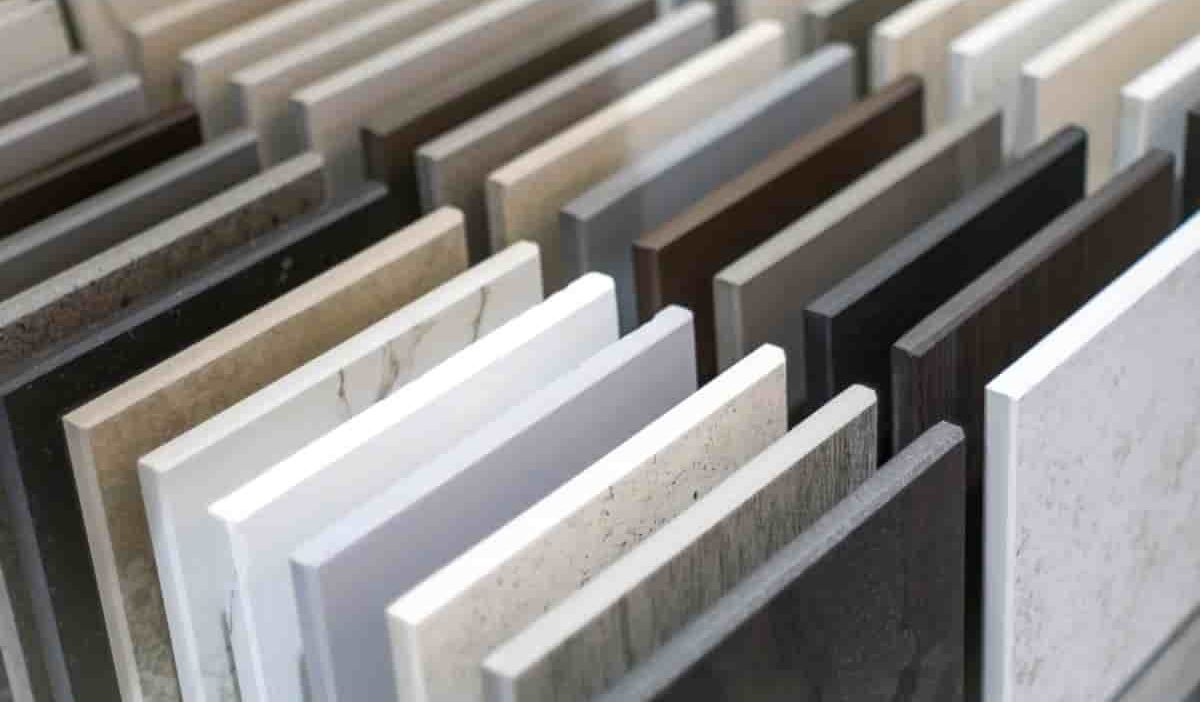
Conclusion So, there are the factors that Influence the Colors of Granite: Quartz, potassium feldspar, mica, amphiboles, and trace amounts of other minerals are the primary components of granite and marble , which is a conglomerate of various rocks and minerals
Granite normally
The minerals that compose granite are responsible for its distinctive colors, which may be seen throughout the stone’s spectrum
The initial source of the molten rock that cooled to create granite is primarily responsible for determining the proportional percentage of different colored minerals found in granite
If there was a high concentration of potassium feldspar in the molten rock, the granite would have a greater chance of turning a pink tint
On the other hand, if the molten rock contains a high concentration of quartz and the minerals that comprise amphibole, it is possible that you will obtain a black and white speckled appearance
All of that is done here and hopefully, you’ve learned a lot about the various types of granites, from white to “black
” Let us know which one you like in the comments section
